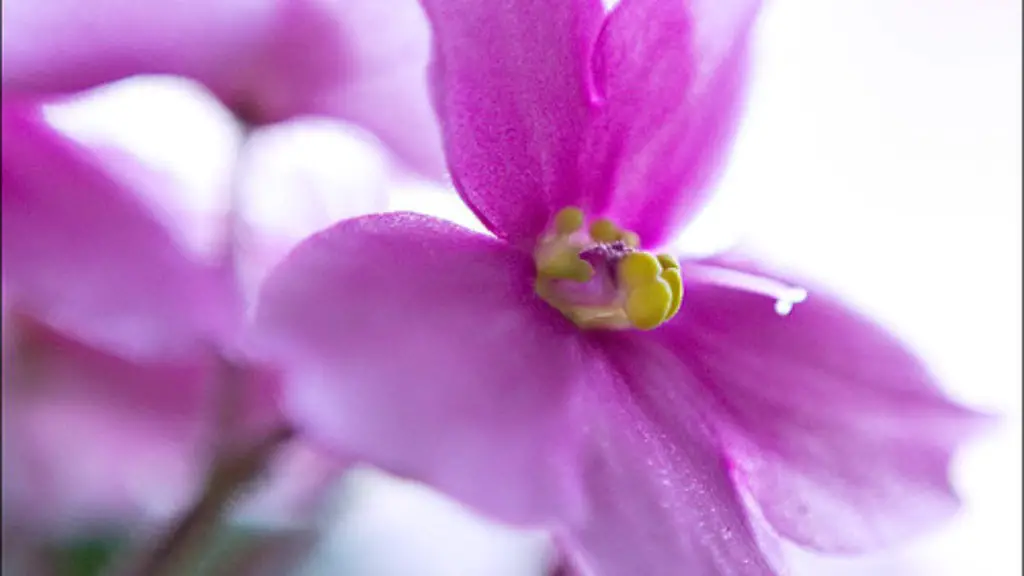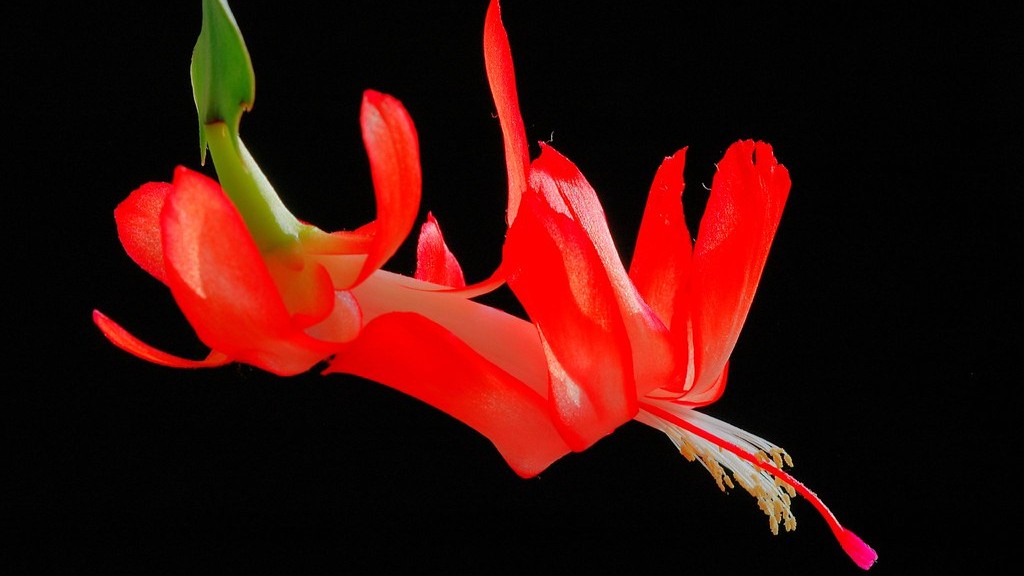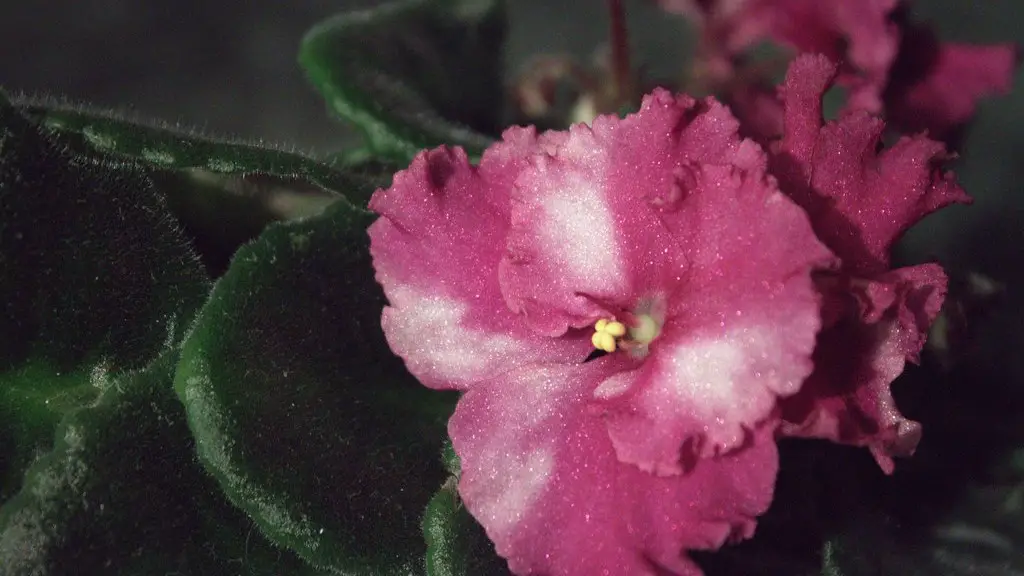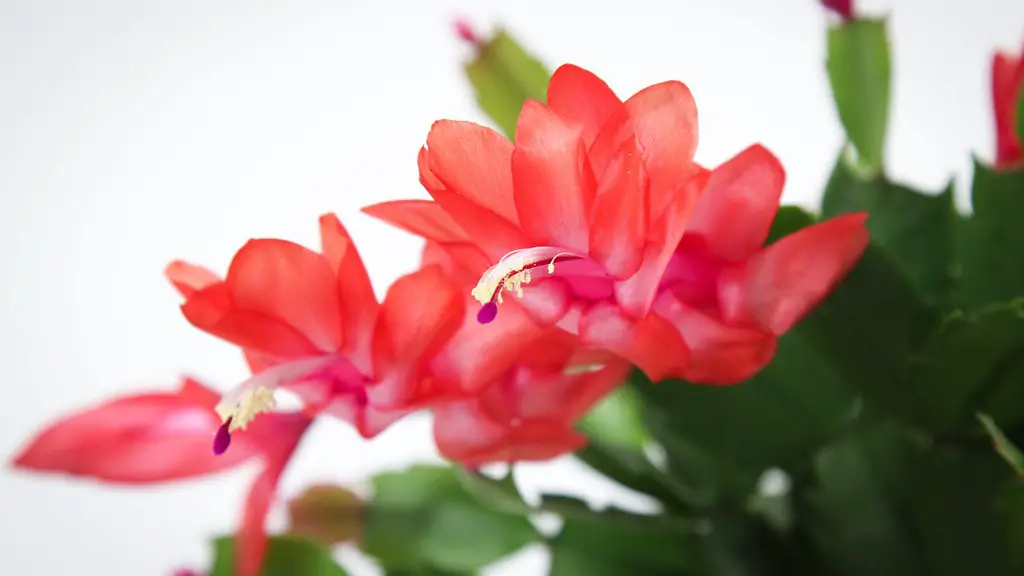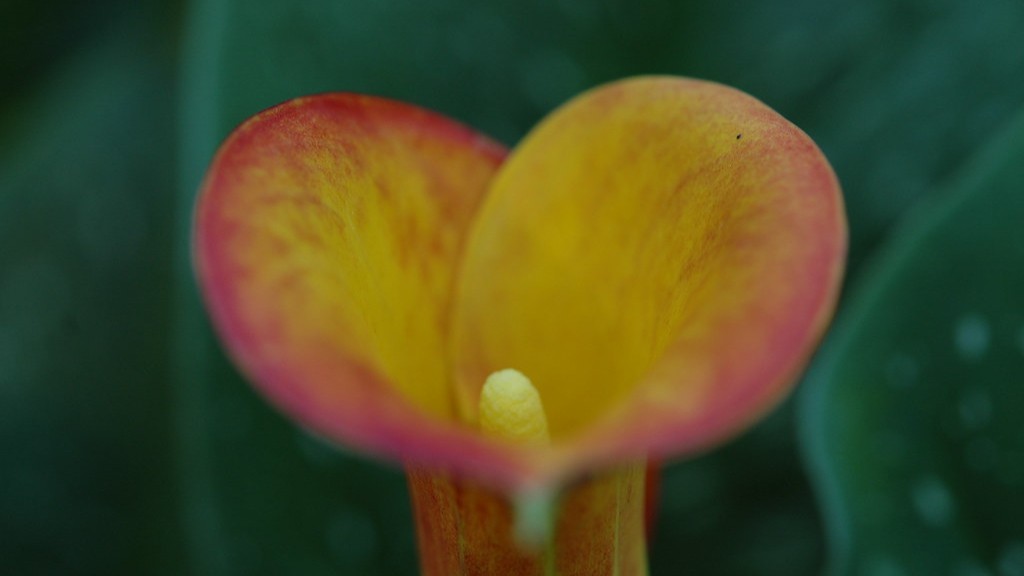Although African violets (Saintpaulia ionantha) are commonly grown as houseplants, they can also be grown outside in some areas. If you live in an area with mild winters and partial shade, you can try growing African violets outdoors. Here are some tips on how to grow African violets outside:
1. Choose a location that gets partial shade. Too much sun will scorch the leaves, and too little sun will cause the plants to become leggy.
2. Prepare the soil by mixing in some organic matter such as compost or peat moss. African violets prefer a well-drained, slightly acidic soil.
3. Plant the violets in pots or hanging baskets that have drainage holes.
4. Water the violets regularly, letting the soil dry out slightly between waterings.
5. Feed the violets a African violet fertilizer every month during the growing season.
With a little care, you can enjoy the beauty of African violets in your garden as well as indoors.
There are a few things to keep in mind when growing African violets outside. They need filtered sunlight, so placing them near a window or in a spot where they will get dappled light is ideal. The soil should be kept moist but not soggy, and they will also benefit from regular fertilization. When the temperatures start to drop in the fall, bring your plants inside to protect them from the cold.
Where do African violets go in the winter?
If you want your violets to thrive, you’ll need to take some care with their placement. Keep them away from cold glass, and make sure to rotate them so that they all get an equal amount of light. With a little TLC, your violets will be blooming in no time!
It is fine to water African violets from the top or bottom. The most important thing is to not use cold water; lukewarm or warm water is preferred. If you water from the top, be careful not to get water on the leaves when the plant is in the sun; this is to avoid leaf spots.
Do African violets need sun or shade
African violets need indirect sunlight, so a north- or east-facing window is best. Keep plants away from cold glass and rotate the pot once a week so all leaves receive light. Extend daylight by placing African violets under a grow light during winter months.
If you want your plants to have the best color and blooms, grow them in bright, indirect light. The best location for this is a plant stand three feet away from a west- or south-facing window. Plants will still grow when situated right beside north- or east-facing windows, but leaves will be thin and spindly, and plants less likely to bloom.
What is the lowest temperature an African violet can tolerate?
African violets need a warm environment to thrive. They should be kept in an area that is at least 60 degrees Fahrenheit, but ideally around 70 degrees. It is important to avoid drafts and to establish humidity for the plants by placing them on wet pebbles.
African violets need to be slightly pot-bound in order to thrive. This means that you should choose a pot that is on the smaller side. A professional tip is to use a pot that is 3-4 inches in diameter for a standard African violet plant.
Can I use tap water for African violets?
If you are unsure about the quality of your tap water, it is best to err on the side of caution and use filtered or distilled water for your African violets. Chlorine, chloramines, and dissolved solids can all be harmful to these delicate plants, so it is best to avoid them if possible.
Terra cotta pots are ideal for African violets because they allow the roots to breath better and prevent the soil from staying too wet. African Violet roots don’t go very deep; they like to go sideways, so don’t use a deep pot. Your pot must have suitable drainage holes so you can water from underneath.
How long will an African violet live
African violets should be repotted every two to three years to ensure they have enough room to grow. When repotting, be sure to use a pot that is only one size bigger than the current pot. African violets need well-draining soil, so be sure to use a potting mix that includes perlite or vermiculite.
If you only water your African violets once a week, be sure to allow the plants to completely dry out between waterings. One way to prevent over-watering is to set up a wicking system.
How do you keep African violets blooming?
Iris plants need a bright, indirect sunlight to flourish. Too little sunlight will cause the plant to produce fewer or no flowers. The leaves of the plant can also be damaged by too much sunlight. An east-facing window is usually the best place to put an iris plant since it will be shielded from the sun’s harshest rays. The plant also needs eight hours of darkness every night to rest.
If you’re considering keeping your African violet outdoors, you might want to think twice. These rainforest-dwelling plants are actually pretty delicate, and it’s tough to replicate their natural habitat. In most cases, African violets won’t survive if you leave them outdoors.
Should you touch African violet leaves
Brushing leaves of African violets is not recommended because repeated brushing can decrease plant quality and size.
The next time you are tempted to touch that pretty African violet in your kitchen window, remember – for a healthier plant, keep your hands off!
If you want your African violet to thrive in high humidity, you should pick a pot that helps boost humidity in the air around it. This will help to keep the plant’s leaves from getting too wet, which can cause them to rot.
Do African violets like to be watered from the bottom?
African violets are one of the easiest houseplants to grow and are very forgiving. They can be watered from the top or bottom, but watering from the bottom is the best way to avoid getting water on the leaves, which can cause them to rot.
Did you know that African violets can bloom nearly year-round? If you are able to provide the correct conditions, expect your African violets to bloom 10-12 months each year. Each bloom lasts for about 2-3 weeks.
Warp Up
There is no one definitive answer to this question since there are many factors to consider including climate, location, and water supply. Some basic tips include choosing a location with bright indirect sunlight and well-draining soil. Water African violets sparingly, only when the top inch of soil is dry to the touch. Be sure to fertilize regularly with a specially formulated African violet fertilizer for best results.
African violets are a beautiful addition to any home. They are relatively easy to care for and can be grown both indoors and out. While they do best in bright, indirect sunlight, they can also tolerate some shade. African violets need well-drained, sandy soil and should be watered regularly. With a little patience and care, you can enjoy these lovely plants for many years to come.
